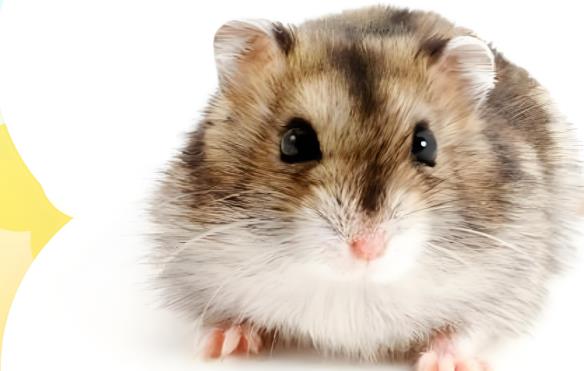Hamsters have a short lifespan (typically 2–3 years), which is the result of the combined effects of genetics, physiology, and evolutionary strategies. The specific reasons are as follows:

1. Genetics & Evolutionary Strategy
r/K Selection Theory
Hamsters are typical r-strategist organisms. Evolutionarily, they prioritize rapid reproduction over long lifespan. In the wild, they maintain their population through high reproductive rates (3–4 litters per year, with 6–12 pups per litter) and short generational cycles (reaching sexual maturity in 4 weeks). This strategy comes at the cost of individual longevity.
Metabolic Rate
A hamster’s basal metabolic rate is 6–8 times that of humans, with a heart rate of up to 500 beats per minute. High-speed metabolism accelerates oxidative damage to cells. Studies have shown that the telomere wear of an 18-month-old hamster is equivalent to that of an 80-year-old human.
2. Physiological Limitations
Rapid Organ Aging
Hamsters reach sexual maturity at 3 months, enter middle age at 6 months, and show obvious signs of aging after 1 year. The aging rate of their organs (such as the liver and kidneys) is 5–7 times faster than that of humans.
Immune System Deficiencies
Hamsters lack certain immune regulatory mechanisms, making them prone to tumors (about 30% of elderly hamsters die from tumors) and respiratory infections.
3. Impact of Husbandry Factors
Common Husbandry Mistakes
Feeding high-sugar, high-fat foods (e.g., sunflower seeds) leads to obesity and diabetes.
Using undersized cages (a minimum length of 60cm is recommended) causes stress.
Housing multiple hamsters together results in fighting and injuries.
Scientific Husbandry to Extend Lifespan
Provide specialized hamster food supplemented with fresh vegetables (e.g., carrots, broccoli).
Offer an exercise wheel (with a diameter of ≥20cm) and tunnels to meet their movement needs.
Maintain the environment at 20–26°C (68–78.8°F) and avoid disrupting their day-night cycle.
4. Breed Differences
Shorter-Lived Breeds: Djungarian hamsters (e.g., 布丁 Pudding, 银狐 Silver Fox) have an average lifespan of 2–2.5 years.
Longer-Lived Breeds: Syrian hamsters (Golden Hamsters) can live 3–4 years, with the longest recorded lifespan being 4.5 years.
Wild hamsters have an average lifespan of only 1–1.5 years. Pet hamsters, however, live more than twice as long because they are free from predators and food shortages. With scientific husbandry, some individuals can exceed the average lifespan limit of their breed.
